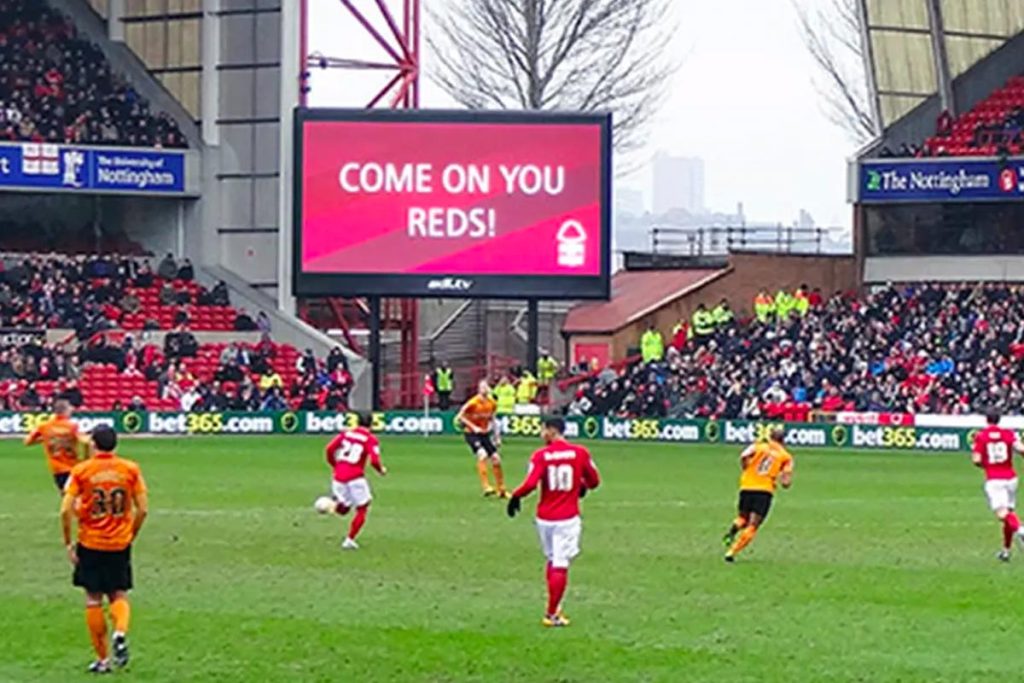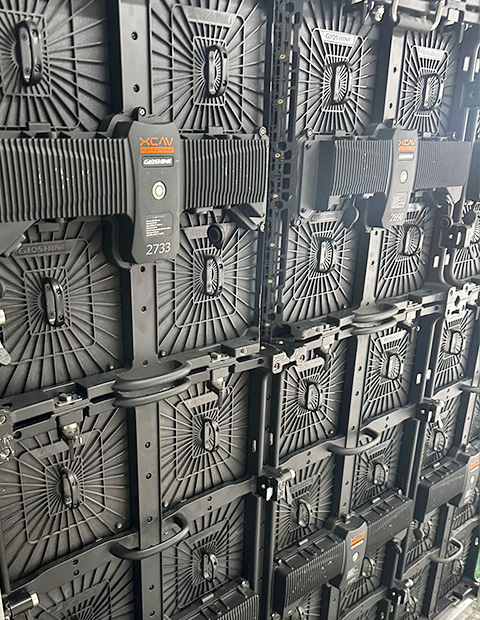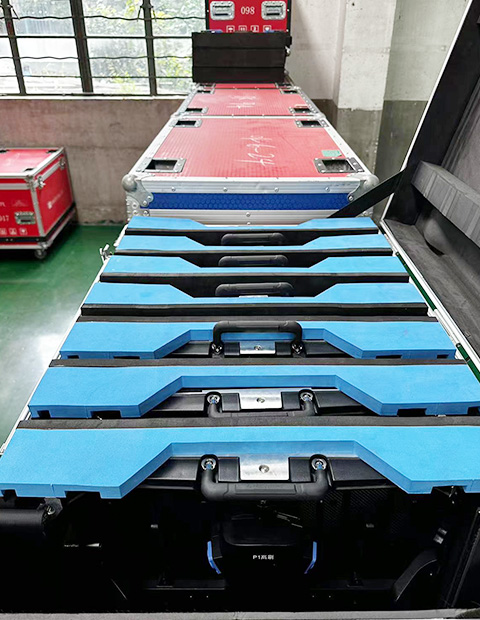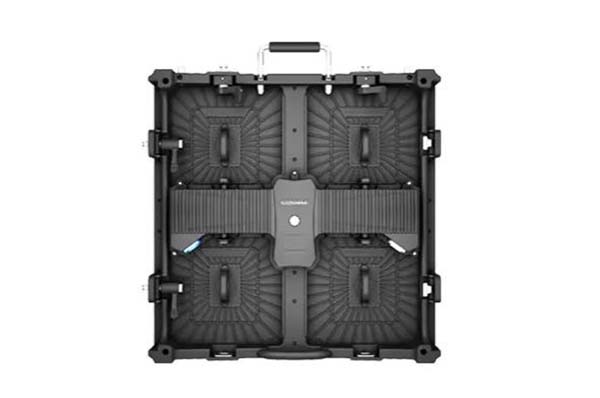LED displays for sports have always played a crucial role. From displaying scores, decisions and key moments, LED displays for sports are indispensable. Their vivid visuals and interactive features are what keep the audience engaged.
However, how much the stadium LED display costs is a worrying question. Stadium LED displays come in a variety of shapes and sizes to suit your needs. Let’s take a look at the different types of stadium LED displays.
Types of Sports LED Displays:

Each type of stadium LED screen is important in ensuring that fans are provided with an engaging environment and entertainment. This can be done by combining multiple displays to enhance the excitement of live events through a comprehensive visual experience.
1. Scoreboard displays:
This is what LED technology has historically been used for in stadiums. They provided a clear and dynamic display of game statistics such as scores and timers. Today’s LED scoreboards offer high flexibility in customization to integrate other display systems. It also allows information to be updated immediately after it is received.
2. Video walls:
The fan experience tends to be dominated by large video walls, typically positioned in eye-catching locations for playback, live action clips and commercials. These video walls tend to be large enough to cover an entire section of the stadium. They are usually designed to be visible from a distance to ensure that all seated fans experience sharp visual displays.
3. Perimeter displays:
These are typically found in stadiums along the perimeter. Most are located along the front of the stands or around where the game is being played. They are also known as ribbon boards or LED fascia. The scoreboards continue to display sponsor messages and real-time game updates, some of which are interactive. Their advanced configuration allows for running text, animated graphics or live data streams. This makes them perfect for these types of displays as they can be text-compromised.
4. Center-hung displays:
These displays are found in indoor arenas and are suspended from the ceiling over the center of the action. They typically consist of multiple LED screens arranged in a cube or cylindrical pattern that can be viewed from all sides. The main advantage of such screens is that they provide total visibility of events and information to all spectators.
5. LED ribbon boards:
Usually mounted around the perimeter of balconies or over the field, fans in stadiums will find slim, flexible LED displays. They add a moving element to the visual environment of the stadium. Continuous advertising, instant scores and other information are common uses. The stadium lighting depends much on how handy they are in terms of making almost any stadium appear different.
6. Interactive displays:
More and more stadiums have started using interactive LED displays to allow the audience to interact with the content they see. These can be touch-screen kiosks and live walls that display fan posts from social networks such as Twitter or Facebook. They can even be virtual reality sets where you can experience an event through virtual reality.
7. Exterior Displays:
The exteriors of stadiums often include large LED displays for sports. They are used as branding tools and information sources for spectators standing outside the building. Even before they enter the building, they provide a complete fan experience by displaying advertisements, live game streams, and game schedules.
This section doesn’t need to be too detailed, a simple list will suffice, focusing more on the technical aspects related to price.
Factors related to stadium LED display:
In modern sports venues, the presence of LED displays has become elementary. This is because they ensure that fans have fun, provide real-time information, and increase advertising profits to the highest level.
1. Brightness and Visibility:
Brightness is one of the main factors that determine how well LED displays for sports stadiums perform, especially in sunlight. When they are very bright, content can be visible and vivid even from the farthest parts of the stadium. This is even more important for outdoor stadiums where visibility can be affected by weather conditions.
2. Resolution and Pixel Pitch:
The clarity and detail of the content displayed by a sports LED display is determined by its resolution. This display provides visual images that are sharp and detailed at higher resolutions with smaller pixel pitches. The visibility of these images from a distance is just as important as that from a range. This means that the appropriate pixel pitch is determined by the distance the display is placed from the audience. For example, a shorter viewing distance would suit smaller pixels, while larger pixels are preferred for wide viewing areas.
3. Durability and Weather Resistance:
LED screens for sports are often exposed to harsh climates like hot/coldness thus they have to be quite sturdy indeed. Their mechanism ought to comprise dust-tight enclosures so that despite rain or some other natural phenomena it works properly outside. IP-rating (shielding against any water infiltration) should be high enough (e.g., 67 or more). Impacts should also be accounted for which often occur when panels are situated close to staircases and corridors. Here, people may bump into them unintentionally.
4. Energy Efficiency:
Energy efficiency is an essential factor, particularly when considering stadium LED display’s huge magnitude and brightness. Such displays not only help minimize stadium LED display costs but also produce less pollution. Latest advancements in LED technology have resulted in electroluminescence displays that are eco-friendly through their minimal consumption of electricity.
5. Aesthetic Integration:
Lastly, it is crucially imperative to aesthetically incorporate LED displays into the design of the stadium. They ought to blend with the entire structure of the stadium without blocking the view or damaging the aesthetics of the venue. Proper allocation and design should make sure that LED screens improve rather than harm the entire stadium experience.
How much does a stadium LED display cost?
Large central LED display cost
Commonly known as jumbotrons or video boards, they are centrally located display screens. They are responsible for the aesthetic perception of a stadium. They usually display live game feeds, replays, advertisements, and other forms of dynamic information. The price of such screens can differ widely depending on their resolution and size.
A standard size large central LED display is 40×20 feet. Such a stadium LED display cost between $500,000 to $1,000,000.
However, extra larger displays sized 80×40 ft are also available. Their cost may escalate to $2,000,000 and $5,000,000.
Cost of Large Top/Four Face LED Displays
Typically, indoor arenas feature top or four-sided LED displays that are suspended over the center of the court. These displays provide a full view and can be seen from all directions. They are quintessential for spectator viewing from all sides.
While they typically cost between $1,000,000 and $4,000,000, larger installations can cost up to $5,000,000.
Perimeter LED Display Costs

Perimeter LED displays, also known as ribbon boards, are primarily placed around the perimeter of a stadium’s sports area. Perimeter LED displays can also be found just below the lower seating bowl. They play an important role in advertising, displaying continuous messages, and enhancing the visual atmosphere of the stadium.
The cost of a perimeter LED display is estimated per linear foot. It ranges from $1,000 to $3,000 per linear foot, depending on the resolution and height of the display. However, the total cost of a perimeter LED display can range from $500,000 to $2,000,000 or more.
Cost of a Ring or Curved LED Display
Immersive and dynamic visual setups are often achieved using ring or curved displays. They can be seen in different parts of a stadium, such as around the upper tiers. They also provide unique and immersive visuals that are worth experiencing.
Their cost, like a perimeter LED display, is estimated per linear foot and ranges from $1,500 to $4,000. The total cost including the complex setup can range from $1,000,000 to $5,000,000 or more.
Score LED Display Costs
Score LED displays are necessary for displaying real-time game information, which includes scores, time remaining, and other related stats. These displays come in a variety of sizes and models, depending on the needs of the particular stadium.
A smaller, basic scoreboard can range from $50,000 to $150,000. However, advanced systems with complex visuals can cost $200,000 to $500,000.
Conclusion:
Several factors, including brightness, resolution, durability, and energy efficiency, play a critical role in the effectiveness of LED displays for sports. In addition, integration, cost, spectator engagement, compliance and aesthetics also play a role. Addressing these factors ensures that the displays make a positive contribution to the stadium environment. This further enhances the fan experience and adds value for stadium operators and advertisers.



